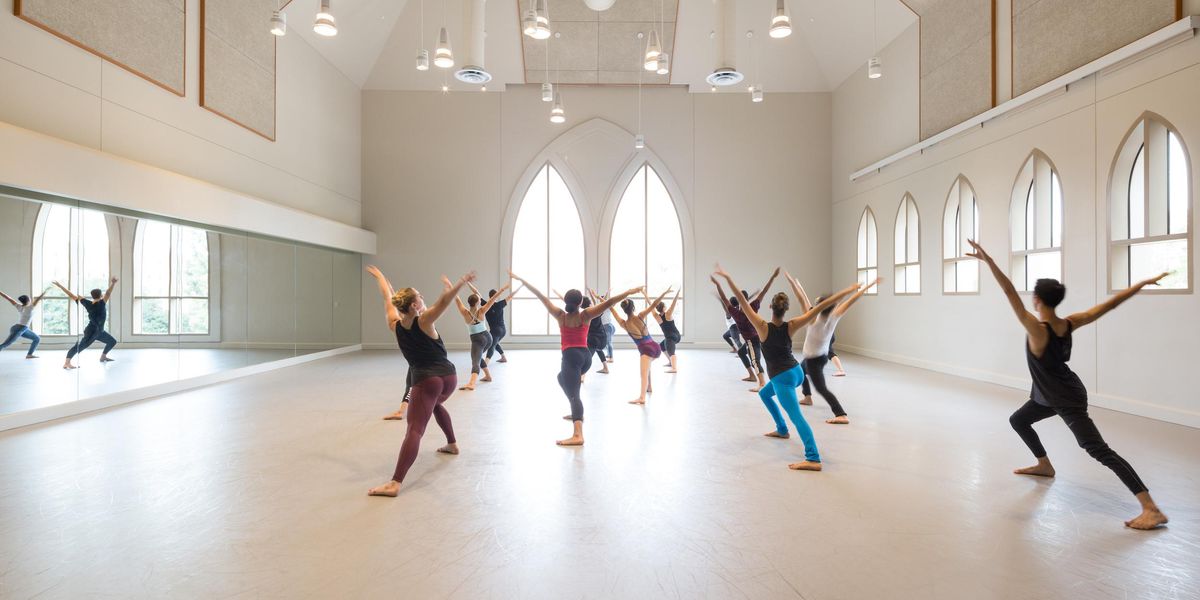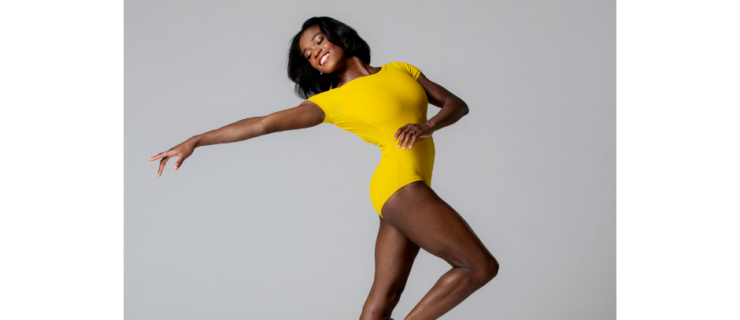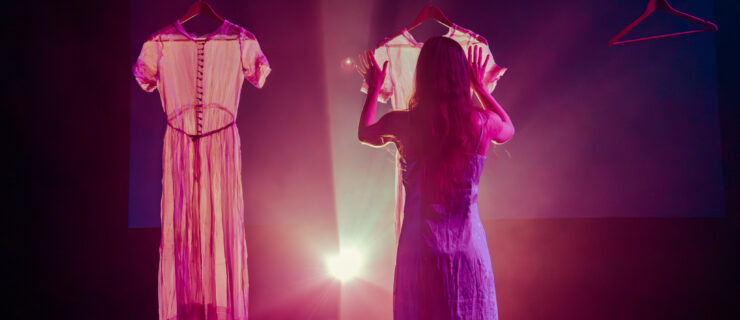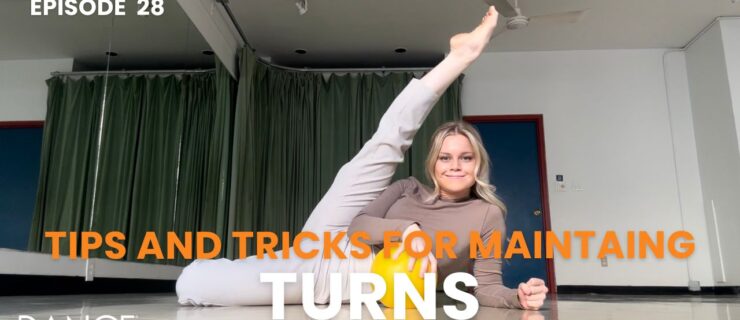On Broadway: Learning the Ropes
Choreographing
Scandalous gave Lorin Latarro a Broadway primer.
Scandalous ensemble members perform “A Girl’s Gotta Do What a Girl’s Gotta Do” with Roz Ryan. Photo: Jeremy Daniel, Courtesy Scandalous.
It’s not exactly a straight line: Lorin Latarro transformed herself from a Broadway-crazed kid in New Jersey to a globe-trotting concert dancer before settling into a career in Broadway musicals in 2000. Between Swing!, where she started, and American Idiot, where she ended, she did stints in 12 Broadway shows, going pretty much directly from one into the next. (See “Movin’ Up,” May 2009.) Then she did another about-face, quitting the stage to choreograph. Since then, her road has twisted and turned some more: The show that was her debut as a Broadway choreographer, Scandalous, about evangelist Aimee Semple McPherson, got scathing reviews and closed in December.
But Latarro, in her mid-30s, has a bounce-back mindset, and she isn’t in need of sympathy. “I loved every minute of Scandalous,” she says. “I walk away having grown and learned so much, I wouldn’t have it any other way.” And even if she doesn’t yet have another assignment as a Broadway choreographer, she has an off-Broadway show, Amandine, set to open in January. She is assisting Steven Hoggett on the choreography for the highly anticipated new production of Rigoletto at the Metropolitan Opera. She’s on board to work with Sergio Trujillo on the upcoming Broadway musical Hands on a Hardbody. She will be doing some teaching and choreography for the models on the TV show The Face.
For the most part, these projects won’t need conventional step-kick-kick-leap choreography, and neither did Scandalous. Latarro knew going in that its religious themes would make it a challenge. But judging the material was not her department. “My job is to take the director’s vision and physicalize it,” she says. “You really have to listen to your director, listen to your writers, and do what is asked of you. That’s the gig. You have to be fully on board, no matter what the material is.”
And she felt lucky that she couldn’t just “regurgitate the dance steps I’ve done in the past,” she notes. “If it were Anything Goes, or a revue, or anything that I have in my back pocket, I don’t think I would have grown as much.”
In addition to the creative chores, there were practical lessons as well. “I learned how to run a department,” she says. “I learned how to make sure that things got from my head to a studio to the dancers to the stage through tech and through opening night. I learned how to really articulate ideas quickly, in a pressure-cooker environment. Also, figuring out how to collaborate well.”
Latarro knows she’s still at the beginning of her journey as a choreographer, but she’s also well aware of all the equipment she’s already picked up. “As a kid I saw every Broadway show imaginable,” she says. She took some ballet—“not enough”—and mastered Fosse-style training with one of Bob Fosse’s dancers. And then, as she describes it, “a kid from New Jersey hops on a bus and gets into Juilliard. Pina Bausch was there with Jirí Kylián. I had never seen this stuff—my mind was blown!”
She thrived on these new forms of movement. After graduating, she danced briefly with the Martha Graham Dance Company, then toured for two and a half years with MOMIX. The travel palled quickly, she says: “You go to Italy, you go to Switzerland, you go to Africa, and it’s fabulous. And then you go to Italy again, Africa—a little less fabulous. And the fourth time around, it’s unpacking and packing—I found it lonely.”
She put an end to the travel by auditioning for Swing! “I came from jazz and I went to modern,” she says. “I stayed in modern dance and then came back to jazz.” It was her fluency in both that prompted Michael Mayer, who conceived and directed American Idiot, to ask her to assist British theater innovator Steven Hoggett. The team is together again on Rigoletto, and Latarro says she used some of Hoggett’s improvisatory techniques on Scandalous and Amandine as well. “I feel like his pupil, in a way,” she says. “Again, it’s a whole new way of moving for me.” And again, she’s zigging and zagging and making it her own.
Sylviane Gold writes on theater for
The New York Times.




